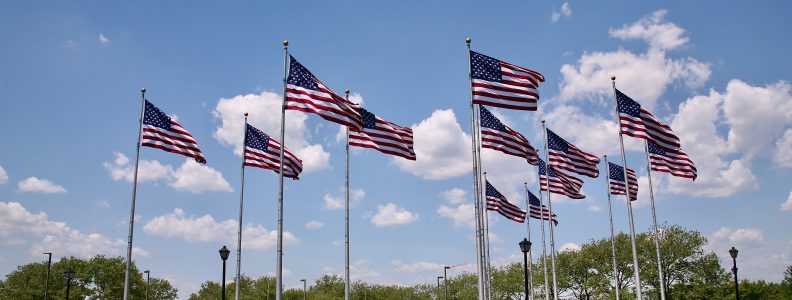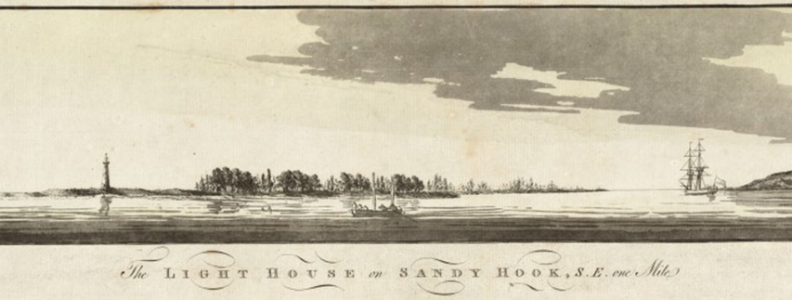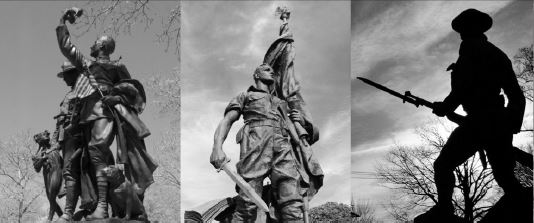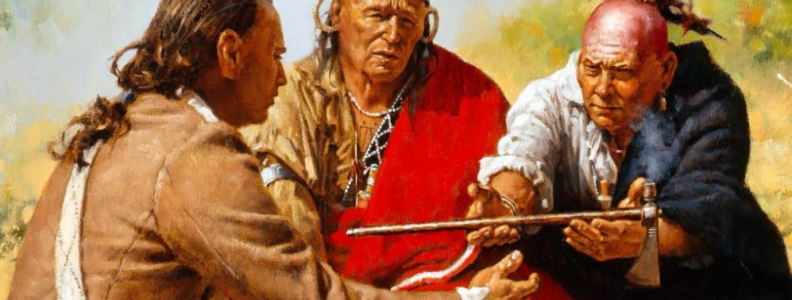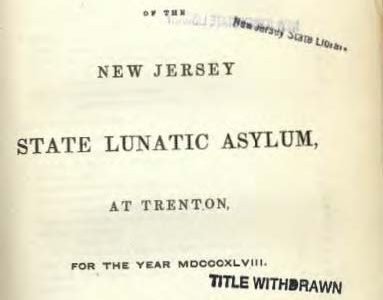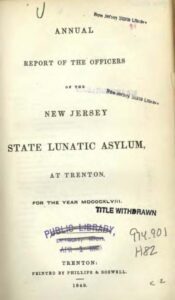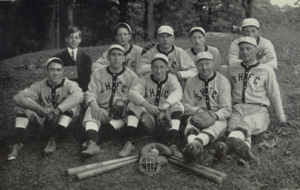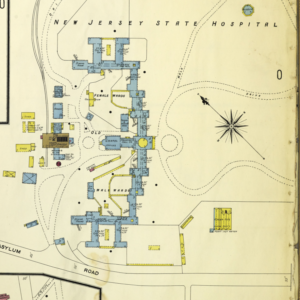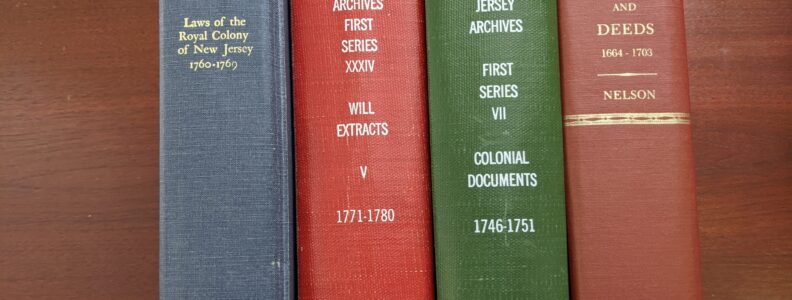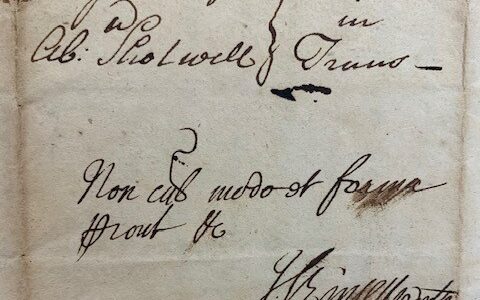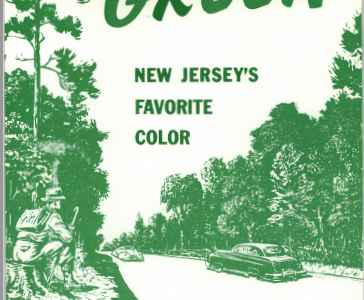The New Jersey State Library is proud to showcase for the start of 2025 the Daniel E. Beards Photograph Collection as part of our Digital Jerseyana Collection. This ever-expanding collection features many aspects of life in the Garden State from beach towns, to state and national parks, to historic sites, to places of worship. He has taken more than 12,000 photos of all things New Jersey and some of these photographs can be found in office buildings, apartment buildings, banks, store, and restaurants.

Daniel Beards was born in Jersey City and spent 44 years in the Human Resources field, heading those departments for Piedmont Management Company, HBJ Publications, and Cushman and Wakefield, before finally retiring as Senior Vice President of Human Resources for Computer Generated Solutions, Inc. Upon retiring, Dan was gifted a camera, but it sat unused. Then a few months later, after talking to his neighbor who told him of someone apologizing on their behalf because they lived in New Jersey, he decided to dedicate his retirement to proving that New Jersey is a unique and wonderful state.

Some highlights of the current collection include the following albums:
- Atlantic City, New Jersey
- Jockey Hollow: The Continental Army Winter Encampment
- Remembering 9-11-2001
- The Black Dragon – The USS New Jersey BB62
- The Jersey Shore After Sandy
Currently, the collection contains over 3,200 images across 31 digital albums and is updated on a regular basis.
The NJ State Library serves as the official repository for all Dan’s photographs that specifically relate to New Jersey. Titles, descriptive text and other metadata have been supplied by Dan. Any errors, omissions, or expressed opinions are the creator’s own and do not reflect the position of the New Jersey State Library.

Each photograph within this collection is protected by copyright and/or related rights. Therefore, these photos may only be used in a way that is permitted by copyright and related rights legislation. The following terms of use for State Library patrons shall apply. 1. Educational Institution/student use is permitted as long as such usage adheres to all copyright and related rights legislation. In these instances, these photographs may only be used for educational or historical purposes. 2. Non-Commercial use is permitted without permission from the rights holder, as long as such use adheres to all copyright and related right legislation. 3. Under no circumstances may these photographs be used for commercial purposes without the direct permission of the rights-holder. 4. Under no circumstances may these photographs be used for political purposes. 5. Users must always give appropriate credit to the photographer. The credit may not in any way suggest the right’s holder endorses the user or their use of the photographs. 6. Photographs may be copied or redistributed in any medium or format as long as such use does not violate copyright and related rights legislation. 7. Users may remix, transform, and rebuild upon the original photographs as long as it does not violate copyright and related rights legislation.

